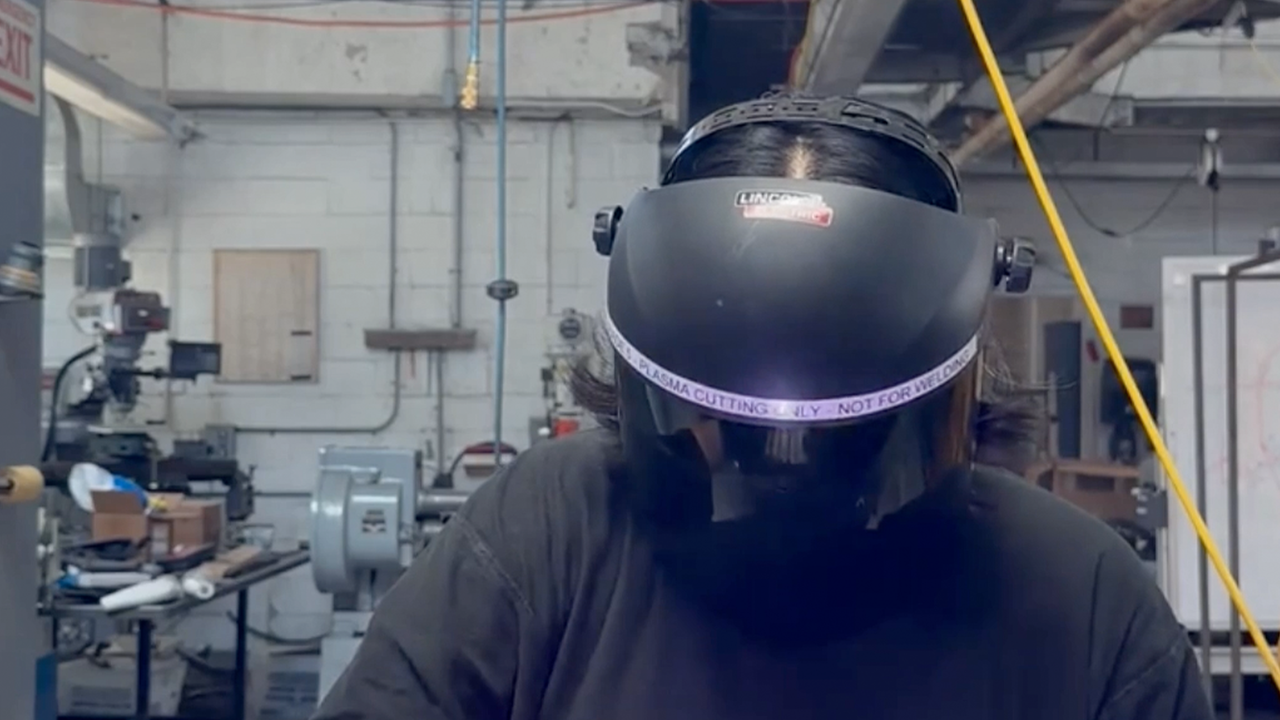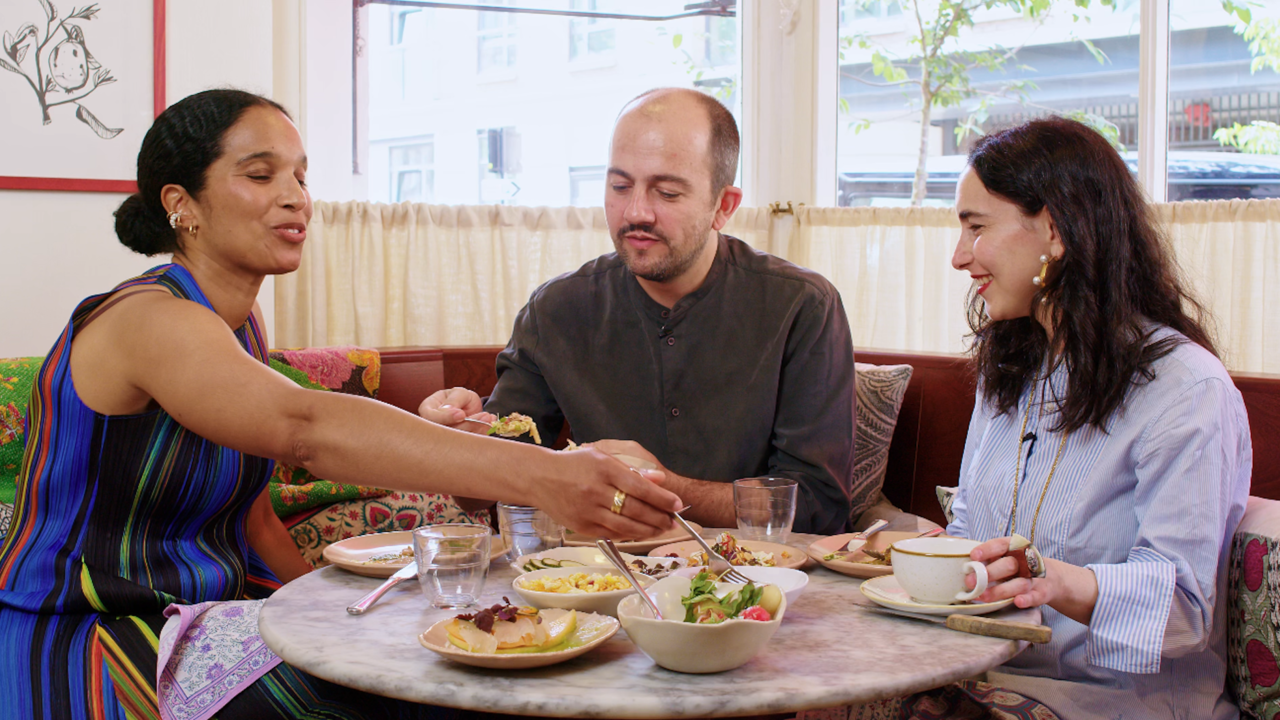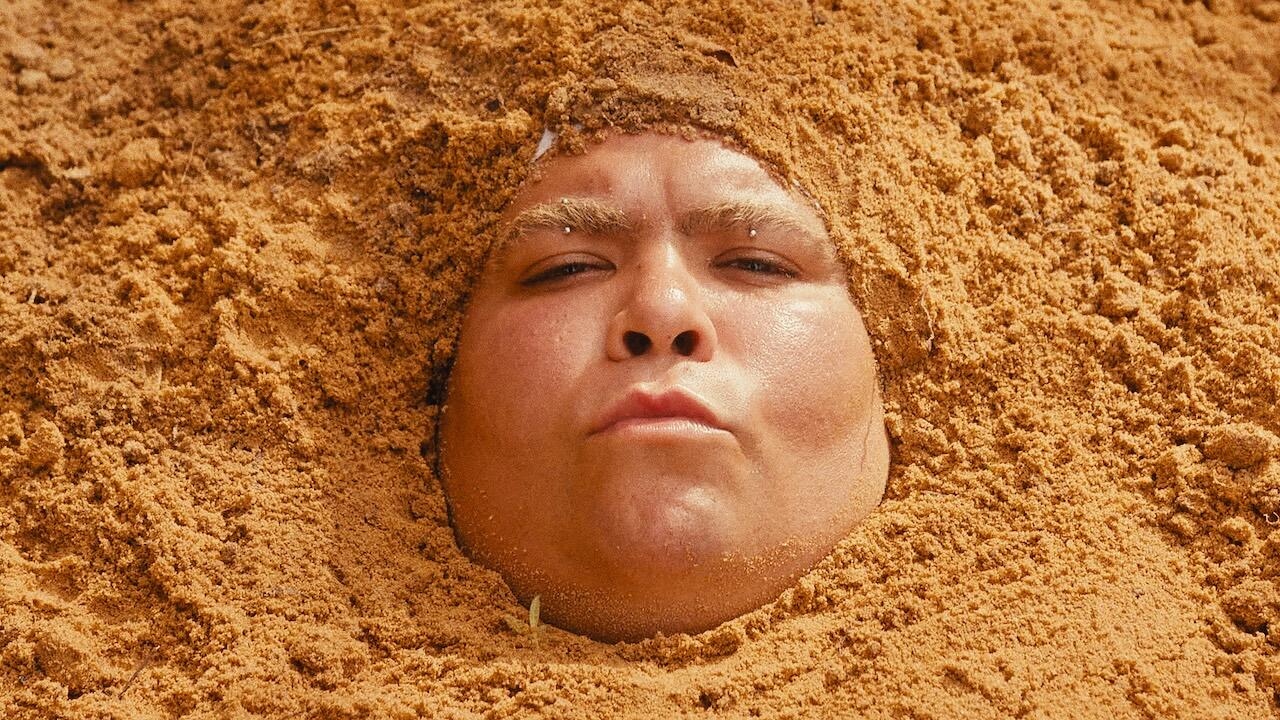Questionnaire: Pipilotti Rist
What could you imagine doing if you didn’t do what you do? I would be a biologist, a kindergarten teacher or a policewoman
What could you imagine doing if you didn’t do what you do? I would be a biologist, a kindergarten teacher or a policewoman
What images keep you company in the space where you work?
To my right is a colour print of an oil painting by Andreas Holzknecht, Baum (Tree, 2004), and to my left a white screen to test the edited sequences of my videos.
What was the first piece of art that really mattered to you?
The Basilica di Santa Maria della Salute in Venice, Italy, impressed me deeply, as did other churches we visited as children. My father hated the Catholic Church, but loved its art. The church was built as an offering to Maria to stop an epidemic. The first art piece I remember finding without my parents was Bed-In for Peace, a performance by Yoko Ono and John Lennon in March 1969 in the Amsterdam Hilton. I saw photographs of it in 1974 in a music book.
What music are you listening to?
My lover’s home minimal techno-soul DJ-ing and my sister’s Italian pop DJ-ing. If I put it on: Masakatsu Takagi, Coco Rosie, Jacky Mittoo, Stina Nordenstam, much of Monika Records and other sad songs.
What is your favourite title of an art work?
Studie zu Können Frauen Denken (Study for Can Women Think? 1982), by Anna Blume.
What do you wish you knew?
What the watcher/listener of an art work thinks and feels, what my lover feels when we kiss, the Japanese language, high-diving, to understand the origin, age and size of the universe, and how not to have unnecessary fears.
If you could live with only one piece of art what would it be?
A child, if they can be seen as the most complex work. Otherwise, Louise Bourgeois’ sculpture The Blind Leading the Blind (1946–7).
What is art for?
Art’s task is to contribute to evolution, to encourage the mind, to guarantee a detached view of social changes, to conjure up positive energies, to create sensuousness, to reconcile reason and instinct, to research possibilities and to destroy clichés and prejudices.
What should change?
Bluffing coolness, forgotten promises, environmental damage, hypothesis of the original sin and closed borders.
What should stay the same?
Mexican, Japanese and Turkish craftspeople (the best in my experience), forests, writing and receiving postcards, and family meetings.
What are you reading?
Karl Schawelka, Farbe: warum wir sie sehen, wie wir sie sehen (Colour: Why We See It, How We See It, 2007), and Chromophobia (2000) by David Batchelor. Both wonderful.
What do you like the look of?
Harbours, manuals, christmas baubles, birch trees, statistics (for example, www.wgraphs.gapminder.org), hand-repaired nylon socks, plastic containers, sumo wrestlers, fingers going through a music collection, beetroot, rice, pineapple, order lists, encyclopaedias, forests, kindergarten, uniforms, fanatical professionals at work, female scientists, extra-large underwear with seam on the outside, pimple pressing, closed eyes, my brothers and sisters, my collaborators, forgiving friends and the feeling of being one with everything.
Pipilotti Rist lives and works in Switzerland. Her solo shows ‘Pipilotti Rist: YuYu’ at Marugame Genichiro-Inokuma Museum of Contemporary Art (MIMOCA), Kagawa, Japan runs until 13 October. Museum of Modern Art, New York, has commissioned her to create an installation that immerses the Museum’s Marron Atrium in ten-metre-high moving images, which will run from 19 November to 2 February 2009. Her solo show at FACT, Liverpool closed 31 August.























